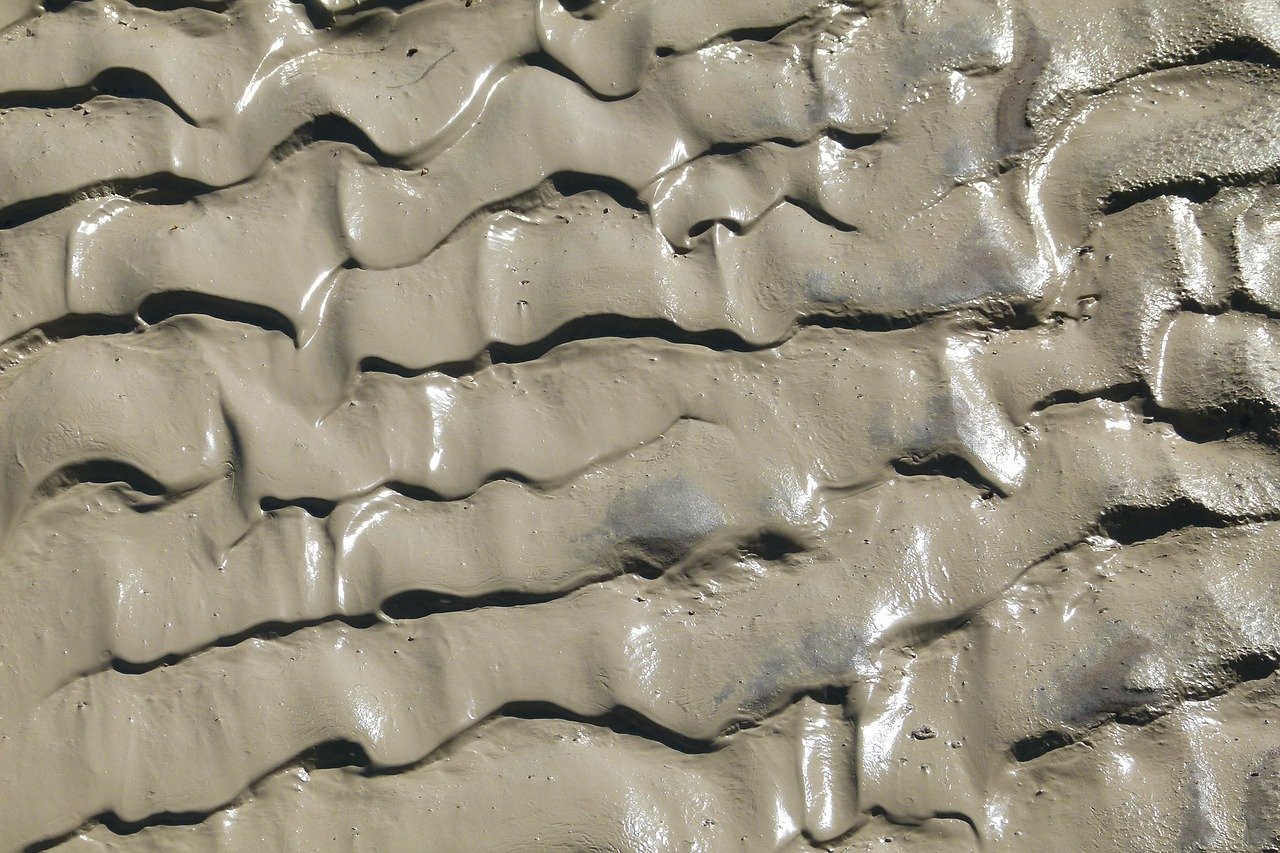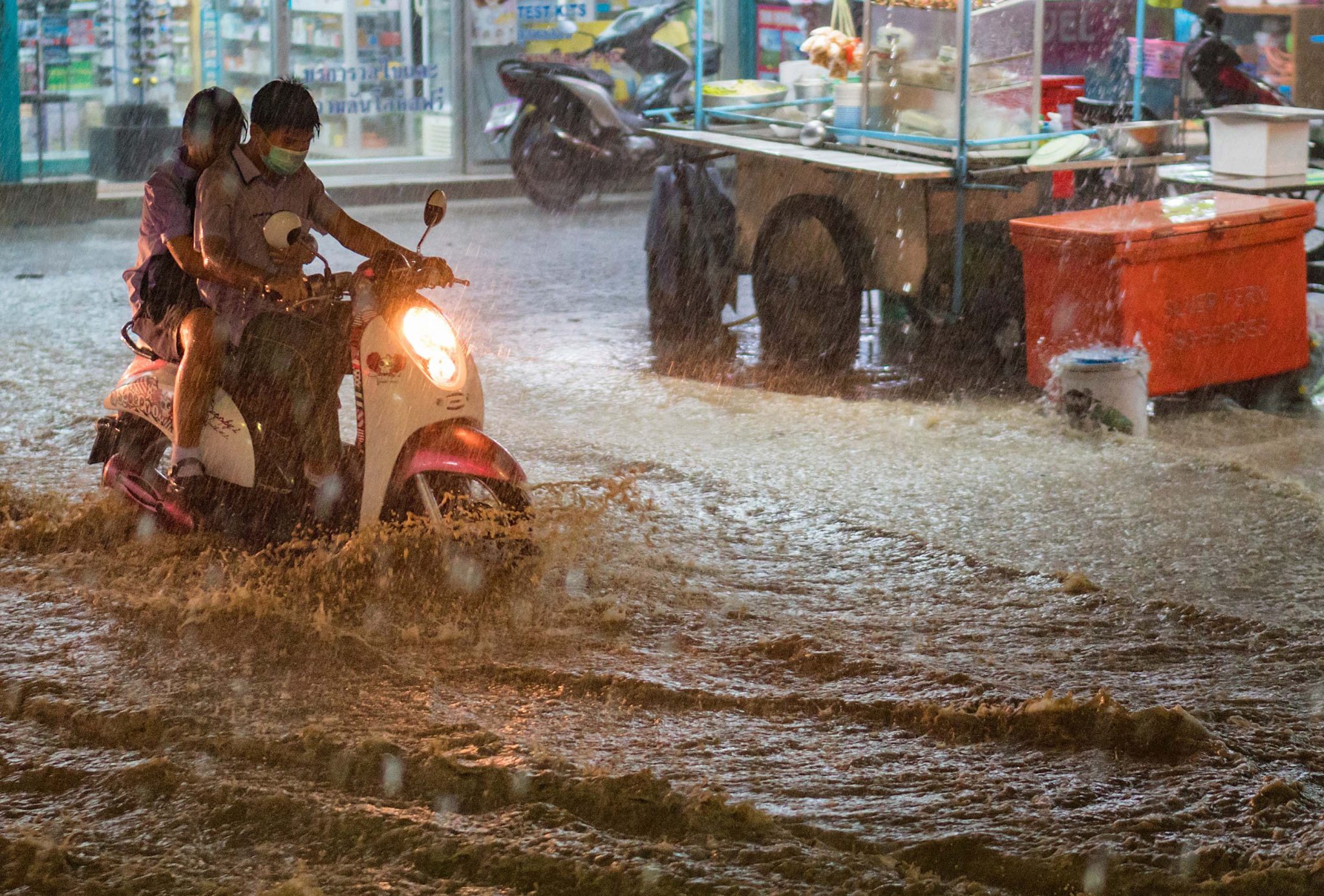How To: Clean Up Your Home After Flood
Cleaning up your own home is quite a challenge already, much more if you need it cleaned after it got flooded. A flooded home is a disaster in itself, but something you can manage with the right people and equipment.
Every year, the Philippines encounter 20 to 30 storms and typhoon, not including the days with heavy monsoon rains. Despite the speed of home development and road improvements, there are still homes that experience being flooded yearly. Here are some steps that can help you clean up your place after it gets flooded.
Need something cleaned?
START WITH SAFETY IN MIND
There are a lot of safety issues when your place starts to get flooded. You have to keep in mind the safety of your family, pets and other property. Typically some Filipinos start moving appliances to their second floor area (if they have) or start raising the base of their furnitures and appliances so that flood waters will not destroy them. Apart from these, make sure to remember these:
- Switch off your circuit breaker to avoid electrocution and damage to your electronics
- Wear boots to avoid wading in flood water during flood and during cleaning
- Wear rubber gloves to prevent your hands from touching dirty flood water during the flood and during cleaning
- Wear a mask to avoid inhaling bacteria and aerosol found in flood waters
- Keep children and pets away from flood and debris left after the flood
Some of the hazards you can encounter cleaning after a flood includes:
- Leptospirosis (still present even if there are very little flood water left)
- Tetanus (bacteria called Clostridium tetani is very common in soil and flood water)
- Electrocution
- Cuts and bruises from glass and sharp debris washed in by the flood
- Diarrhea (if you accidentally touch your mouth without washing your hands after cleaning)
- Intestinal parasites like amoeba and worms
- Respiratory diseases brought about by spores rising from the flood
Some possible property damage you can encounter after a flood:
- Burnt out busted fuse in breakers and appliances
- Water damaged engines in cars
- Watermarks on walls and furniture
- Floor erossion
WATER WASH
As soon as you have determined that it is safe to clean your place already, and after wearing safety equipments like gloves, boots and face mask, get a water hose and plug it to your faucet. Start spraying water from inner most part of your home going outside to wash away mud and dirt. Since water got those in, water should get it out. Make sure your curcuit breakers are still switched off so that you won’t have to worry about your power outlets. Use flash light if there is not enough light to work with, or better if you do this during daytime.
It may sound like a joke that after water comes in your home, you use water to flush it out, but this is easier than using a plastic broom or walis tambo to sweep out the debris. If the surface is still muddy and dries up, it would be harder to remove them, so keeping the mud and dirt wet will help you in cleaning and keeping your surfaces protected.

Flood in your home would most likely leave thick mud that is hard to remove. It is easier and faster to clean it using water.
SOAP AND RINSE
Once your place is clear of mud and other flood debris, you will then need to wash your flooded surfaces with soap. Combine 2 part all-purpose cleaner and 1 part bleach (chlorine or chlorox) with 10 parts water, and use this mixture to soap up surfaces. This will be your liquid cleaner and disinfectant. Spread out the mixture and scrub a little to remove other dirt that wasn’t washed away by the water.
This soap and bleach mixture can help greatly reduce the amount of bacteria and parasite eggs on surfaces, ensuring that there won’t be any health hazards left by the flood. Too much soap would make rinsing hard and too much bleach may cause respiratory problems, so it is best to keep these 2 dilluted.
Rinse surfaces to remove the soap and bleach by spraying water again. Rinse thoroughly to remove any other residue, be it the soap or flood debris.
MOP DRY
Finally, at this point, things will look back in order, except everything is wet with clean water. Using a mop, wipe all floor surfaces, and a clean wash cloth to wipe walls to get rid of the remaining water. Mop at the same direction – from the innermost part of your home going out to your main door or gate.
Some traditional Filipinos use plastic brooms or walis tambo to sweep away water, though effective, can cause back problems and re-contamination. If you use plastic brooms or walis tambo to remove dirt, chances are, those same dirt are still in them, causing the newly cleaned surface to be dirty again.

Flood affects up to 700 areas across 6 regions in the Philippines, with damages amounting to up to P1.37 billion. (source)
FLOOD PROOF YOUR HOME
Finally your place is cleaned, and you don’t want to go through the same ordeal again, not anytime soon, not ever. Though you can hire a professional cleaning company to do your home cleaning after a flood, it is still best to make measures to prevent it in the first place. Here are some tips to help you flood proof your home:
- Sandbag your entrance
- Elevate your garage floor
- Keep your ground floor exclusively for your garage only (all other rooms on the second floor or higher)
- Join a clean up drive in your place to declog drainages
Do you want to learn more on how CMDA Cleaning Services can help you, your family, or your office fight against COVID-19? Send us an email at inquiry@cmdacleaning.com, or call/text us on any number mentioned above.
Let’s all be well and healthy, wear a face mask, wash our hands frequently, maintain a 1-2 meter physical distance to non-family members, and stay at home if we can. Stay covid-free!
